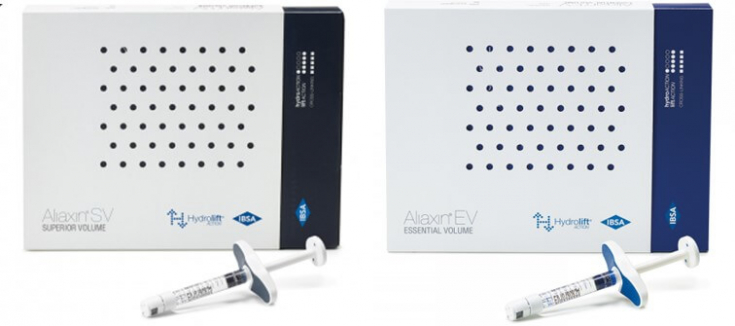Beautiful harmonious chin and underlined lower jawline – this is a modern beauty trend.
Many young patients seek to improve the condition of the lower third of the face by correcting the chin and angles of the mandible.
For contouring in this area, it is important to use a filler that will provide a stable volume and shape.
About how to choose a filler for working with the lower third party, what properties it should have to get the best result, to readers of estet-portal.com said doctor dermatovenereologist, cosmetologist Tatiana Kobets.
- Are chin and lower jaw correction procedures popular today
- Which fillers are used to correct the chin and angles of the lower jaw
- Hem Aliaxin SV is different from Aliaxin EV
Are chin and lower jaw correction procedures popular today
T.K.: In the CIS countries these procedures are even more popular than in Europe, I think this is due to the fact that our patients are younger, and they come to a specialist aesthetic medicine is still at the stage when age-related changes are not particularly pronounced.
They do not apply for wrinkle or ptosis correction, but want to somehow improve their appearance.
A Chin correction and mandible – these are just procedures for young patients, because they allow you to emphasize facial features, visually correct micro- or retrognathia, make face oval more clear.
It is necessary to build on the proportions of the face when deciding on the correction of the lower third of the face.
It is important to remember that not all patients are suitable for chin augmentation and mandibular angle correction.
In chubby patients, patients with deformation-edematous type of aging, who already have massive lower third, this procedure will make the faces even more heavy o.
An innovative approach to achieving harmonious facial rejuvenation
Which fillers are used to correct the chin and angles of the lower jaw
T.K.: Today we work with fairly stable and more stabilized fillers that stay in the tissues longer and retain their shape.
If 15 years ago, if we needed a chin correction, we sent a patient to a surgeon to place a silicone implant, today we can help with this problem ourselves. In addition, the introduction of the filler is less traumatic and allows patients not to fall out of the usual rhythm of life.
Fillers for the chin and mandibular angles should be sufficiently stabilized and tight to create long lasting structure and retain volume.
This is especially important in the chin area, where the movable mental muscle m.mentalis is located, as the soft preparation will quickly lose its shape and volume.
The lower third filler must also provide long lasting results, be elastic and keep its shape, quickly returning to its original position.
New filler from IBSA – Aliaxin SV, officially introduced by Cosmetic Group, has all the necessary qualities for the correction of the chin, lower jaw and cheekbones
Read the most interesting articles in Telegram!
How does Aliaxin SV differ from Aliaxin EVT.K.: IBSA already has one dense filler Aliaxin EV, but it does not create a stable volume for so long.
Aliaxin SV was designed for supraperiosteal administration, it is placed deep on the bone and cannot be injected subcutaneously.
This formulation haslower cohesivity than Aliaxin EV, but it is harder and very pleasantly bouncy.

Because Aliaxin EV has more
integration into tissues, it shorter shape retention, but even this drug, in my practice, provided a stable result of chin correction for 2-3 years. ;
Aliaxin SV holds its shape well, it can dispense gently and does not run . It is an ideal preparation for beautification of the lower third of the face of young patients and for the correction and improvement of the structure of the lower third of the face in older patients with
finely wrinkled or muscular type of aging. However, it should be remembered that it must be administered
strictly supraperiostally.
Read also:Filippo Brighetti: Protocol for effective non-surgical rhinoplasty






